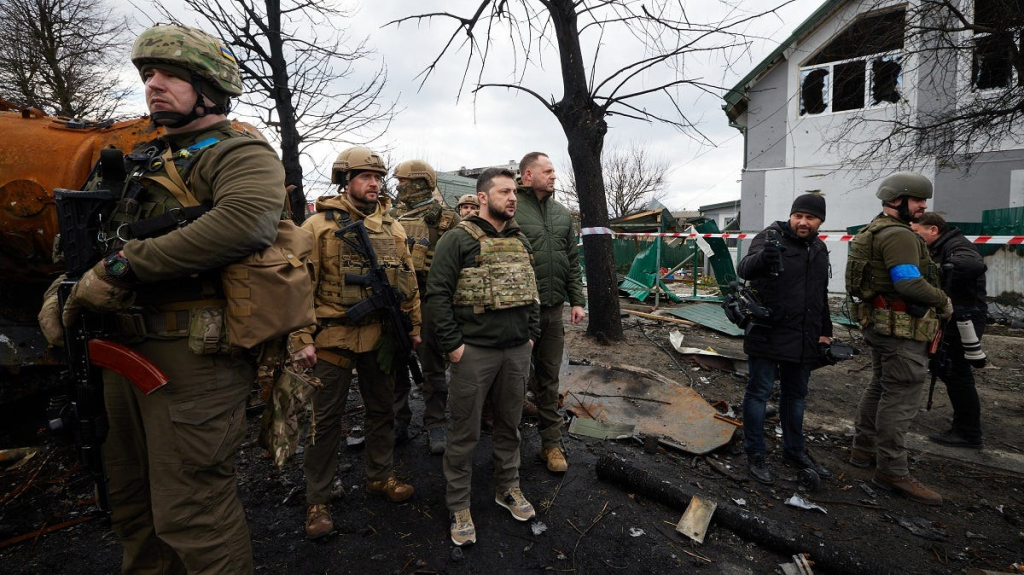
The Ukraine war has entered a new phase of radical attrition, technology advances, and precision strikes at a distance. In spite of the claim over eight more villages along a 1,250-kilometer frontage being asserted by Russian forces, Russian earth gained in 2025 amounts to less than one percent of Ukraine taken at the expense of almost 90,000 recorded troops lost this year so far. Leaked Russian defense documents quote cumulative losses between January to August of 281,550 with a kill-to-wounded ratio of 1:1.3 as opposed to the usual 1:3, reflecting the high lethality of ubiquitous Ukrainian drone kill boxes.

1. Attrition Without Breakthrough
Russian advances have been confined to areas around towns of Kupyansk, Lyman, and Pokrovsk, but none of the strategic cities has yet fallen. Central Grouping of Forces, which controlled the axis along the town of Pokrovsk, lost 43,709 killed, missing, or captured and had 52,865 more wounded within an eight-month period. The heavy casualty rate speaks to difficulties in maintaining offensives due to drone patrols around-the-clock and FPV precision making evacuation of the wounded and logistics re-supply hazardous.
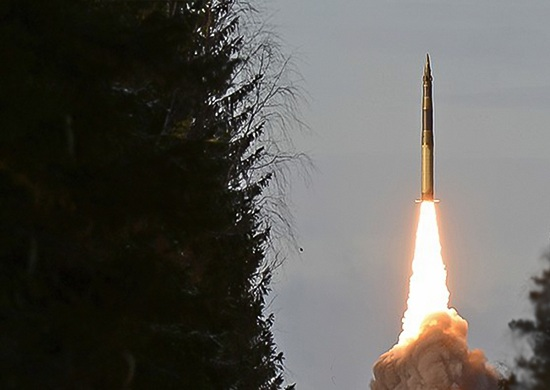
2. Downfall in Ballistic Missile Interceptions
Ukraine’s kill chance of Russian ballistic missiles went down from 37 percent last August to a paltry 6 percent in October. The Russians had upgraded the Iskander-M and Kinzhal systems to employ quasi-ballistic trajectories and terminal maneuvers that “confuse and avoid” the Patriot interceptor. As the Ukrainian Air Forces’ Yuriy Ignat explained, “It becomes more difficult to foresee where the interceptor strikes or explodes close to the incoming missile.” The low inventory of Patriot interceptor rounds has even led to Ukraine firing lone rounds rather than the traditional two to three per target, accordingly lowering success rates.
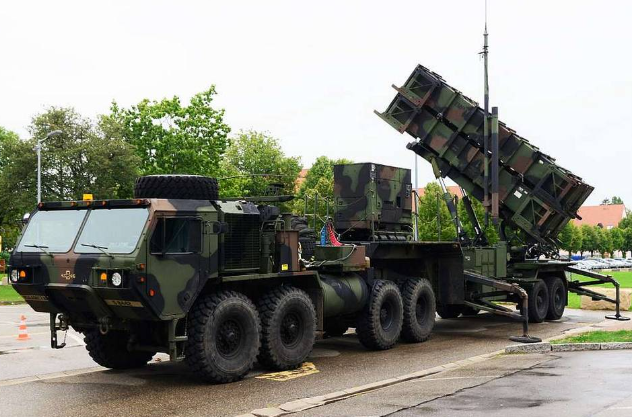
3. Patriot System Under Stress
The US Patriot remains Ukraine’s only credible ballistic missile deterrent, but automatic response is thwarted by Russian trajectory-skipping designs. Combat experience with these missiles allows defenders to learn to identify what to anticipate, but provides attackers with just as much information to assist them in developing evasion measures. British and US intelligence reports substantiate that Russia can circumvent Patriot coverage by mapping where deployments are made and striking outside of these areas.

4. Ukrainian Drone Strikes Against Energy Infrastructures
Ukraine has escalated deep-strike raids on Russian oil refining plants, as far away as 2,000 kilometers. Tyumen refinery, with a nine-million-ton-per-year capacity, had been attacked in October by drones evading Russian air defenses. At some moment during September, as much as 38 percent of Russia’s refining capacity had gone dark, and four times as much gasoline was imported from Belarus and three times as much diesel as before. While most refineries recover partial operations within months, serial attacks chip away at the capacity of the infrastructure to absorb hits, likened by analysts to “a man being punched repeatedly each one harder to shake off.”
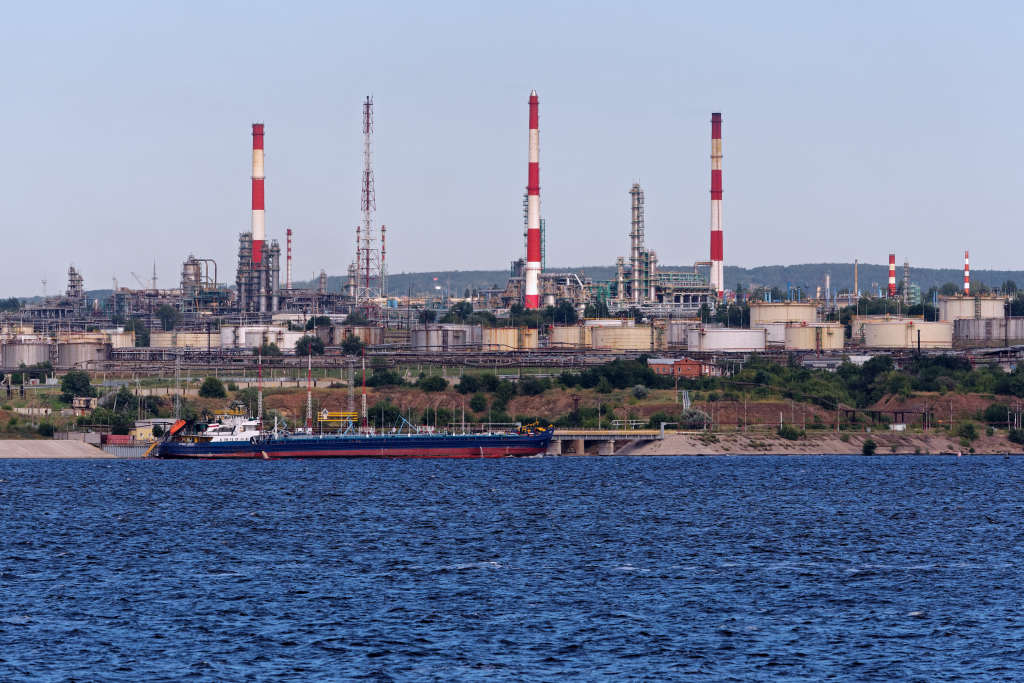
5. Engineering Vulnerabilities of Oil Facilities
Russia’s refineries possess excess primary distillation capacity with bottlenecks in secondary conversion. A single atmospheric distillation unit injury will reduce gasoline output by 30 percent as opposed to 50 percent, but relentless secondary unit attacks are costly in the long run. Improvised netting and covers to repel drones has been attempted at some of the plants, a measure successfully road-tested on the frontlines, though coverage is haphazard.

6. Ukraine’s Domestic Arms Industry
As dwindling Western stockpiles, Ukraine has increased defense production to $20 billion a year, as President Volodymyr Zelenskyy anticipates $35 billion in missiles and drones over the next year. Contracts with Western companies make the production of platforms such as the Switchblade 600 and 155mm guns indigenous. Production by Ukrainian Defence Industry is up 408 percent in the last year, but export controls imposed under martial law constrain the earning possibilities of the nation’s 200 drone-manufacturers.
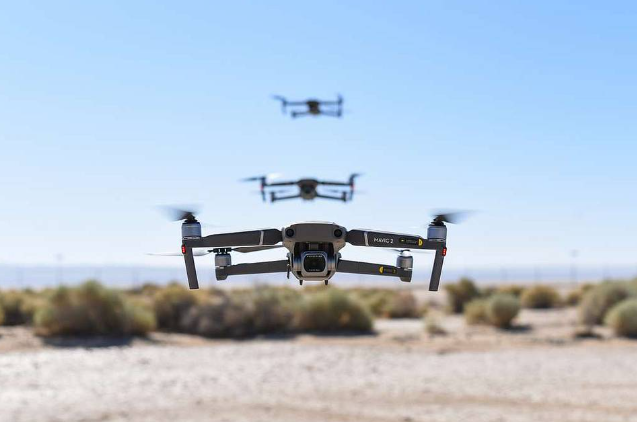
7. Electronic Countermeasures and Drone Warfare
Russia manufactures slightly more drones currently, with up to 100,000 drones per month, but Ukrainian creativity in FPV and sea drones has achieved strategic victories, like sinking 26 ships of the Russian Navy. The biggest shortfall still remains electronic warfare the Ukraine manufactures barely sufficient EW to cover less than 5 percent front-line requirement, with two sets per battalion. Russian EW systems jam across broader frequency bands, pushing Ukrainian forces into an endless cat-and-mouse adjustment loop.
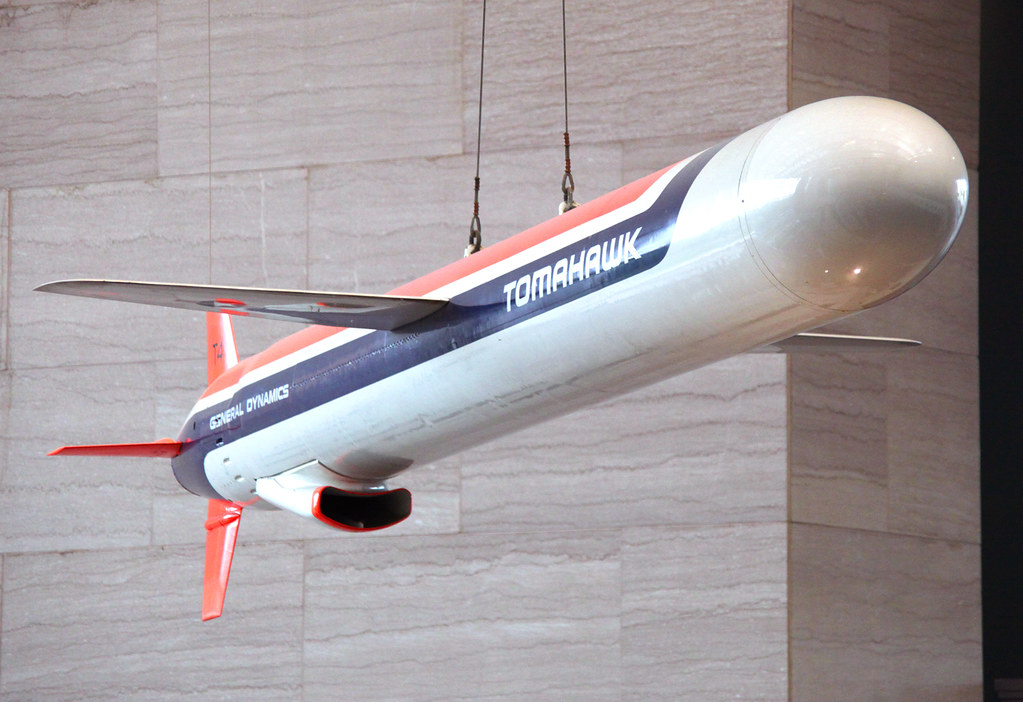
8. The Tomahawk Debate
Ukraine’s request to the United States to buy Tomahawk cruise missiles with ranges of up to 1,550 miles could bring more than 1,900 Russian targets in range, including St. Petersburg and the capital, Moscow. Yet Ukraine cannot manufacture the necessary naval, submarine, or Typhon ground launch systems. Even if made available, the rate of production 55 to 90 missiles annually would limit operational impact. As Zelenskyy’s office adviser Serhiy Leshchenko said, the Tomahawk will be “a clear signal” of deterrence, but logistical obstacles to actual use are great.
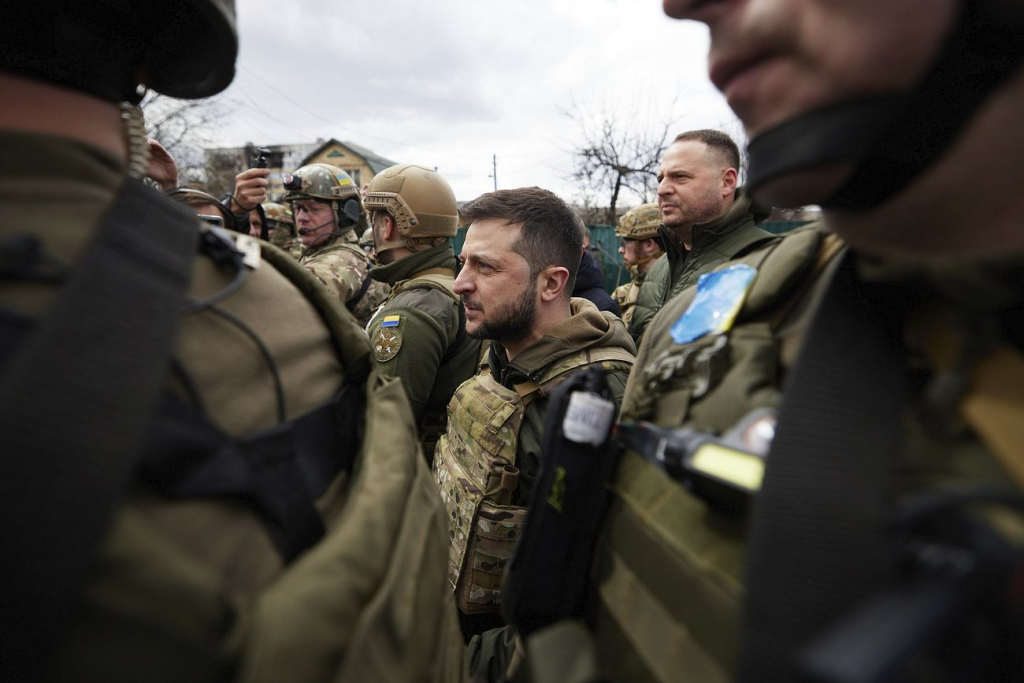
9. Stratetic Implications
Russia’s capacity to continue high casualties and evolve missile and drone warfare indicates a lengthy war path. Ukraine’s deep-strike assaults on energy facilities are undermining Russia’s economic foundation, but battlefield air defense wear and tear leaves Ukrainian cities vulnerable to rising missile penetration. The shifting technology rivalry from glide bombs to AI-directed drone swarms emphasizes that engineering ingenuity, rather than raw numbers, is dictating the next phase of the war.


